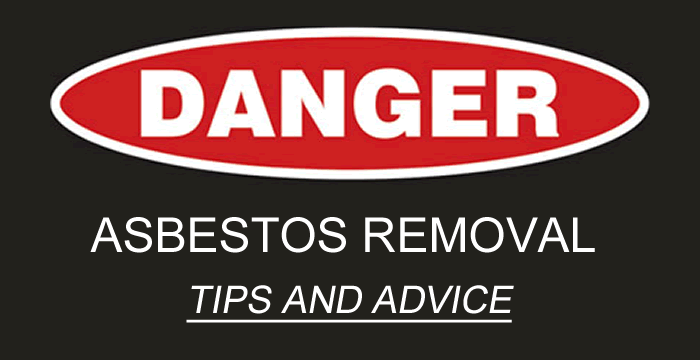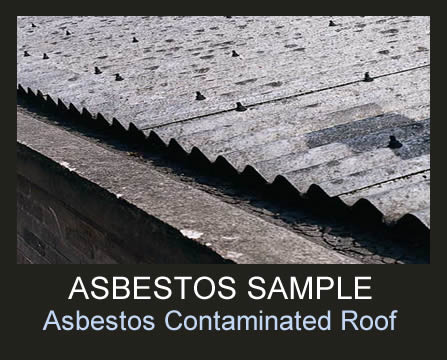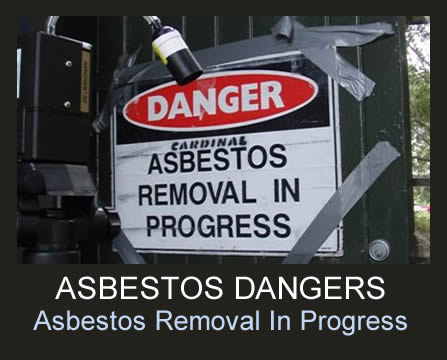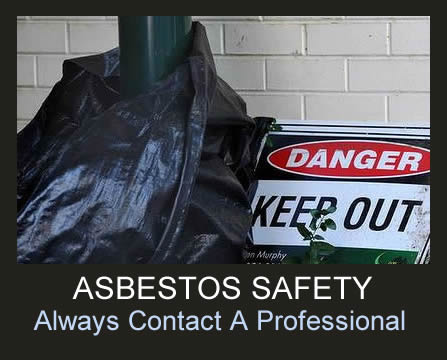Asbestos Removal – Why You Use Should A Professional
Asbestos Removal – Why You Should Use a Licensed and Qualified Professional
Advice on Asbestos Removal for Brisbane Property Owners

It is everyone’s dream to live in a clean, fresh and uncontaminated environment free from dust and other aerosol pollutants. However, this dream becomes almost impractical since there are a lot of air pollutants. Chemicals emitted from factories, smokes from automotive and other radiations that occur naturally in the air. In Australia however, it is reported that many people suffer from respiratory problems that are believed to be as a result of prolonged exposure to asbestos. This is so despite government’s ban on use of asbestos in manufacturing of building materials. Asbestos in Brisbane (and throughout Australia) is believed to be nearly everywhere and residents are therefore advised to be cautious about their environment.
What is Asbestos?

Asbestos refers to a generic name given to a set of six naturally occurring fibrous silicate materials that exhibit eponymous asbestiform habit; which is long and thin fibrous crystals.
For more than 4000 years, asbestos has been mined and widely used as mats, fabric or mixed with cement credit to its unique combination of tensile strength, insulation, chemical inertness and flexibility nature. Conveniently, asbestos is the only naturally occurring mineral with potency to be spun and woven like cotton. Asbestos fibre is 50 to 200 times thinner when compared to human hair and can float in the air for an extended period of time. Unfortunately, they are invisible to the naked eyes and can easily be breathed into the lungs during inhalation.
In the past, this hazardous material very common in the Australian building industry until in the late 1980s when their production stopped.
Three most common types of asbestos used to be mined in Australia include:
-
White asbestos (Chrystotile)
-
Blue asbestos (Crocidolite)
-
Brown /grey asbestos (Amosite)
Of all these three variations, blue asbestos are the most known and harmful type because of their long and thin fibres and which enables them to reach the lungs faster than the remaining two types.
The Dangers

Before extensive studies were carried out, it was noted that many construction workers were dying of respiratory related problems; that was in early 1900s. Later, further research and investigations were carried out and it was ascertained that indeed, asbestos was responsible for the respiration infection.
It is to be noted that, here in Australia, a large amount of the population has been exposed to the material at some stage, fortunately, the exposure is quite insignificant hence the risk is very small.
People who are at a more risk of being affected include:
- People, mining’ milling asbestos,
- Individuals manufacturing and repairing goods using raw asbestos fibres like brake linings,
- Those using products that contains asbestos,
- Those close to demolished buildings which were constructed using materials containing asbestos.
Prolonged exposure results to tumours of the lungs and a condition called malignant mesothelioma. Also, smokers are said to be at a great risk of being of developing lung cancer in regions where concentration is high.
In addition, there have been claims that if inhaled for a long period of time can lead to destruction of chromosomes resulting to creation of unwanted signals which can be hazardous to human health.
Other related diseases include:
- Asbestosis – literally, this is the progressive fibrosis of lungs and its symptoms include rales and wheezing.
- Asbestos warts – this is caused when human’s skin get in contact with fibres and usually causes benevolent callus-like growths.
- Pneumothorax
- Pleural plaques
Why you should not handle or attempt to remove asbestos by yourself
As stated earlier in this article, asbestos is not visible to our naked eye. At homes, it occurs naturally in air and can be found even in drinkable water or construction materials. If you to have any suspicions that anything within your property is contaminated, you are categorically advised against touching it, and leave everything undisturbed. Prudently, the best thing to do is to seek the help of a licensed professional who will take it from there and carefully do what is supposed to be done.
Do you suspect you are working with asbestos?
- You are advised not to use any power tools or electrical equipment,
- Keep environment wet to prevent dust from floating in the air,
- Avoid using compressed air,
- Use low-pressure hoses,
- Ensure that the area you are working from is well ventilated,
The removal and disposal of asbestos is quite a dangerous task and you are therefore advised not to attempt it on your own.
Benefits of using a professional to remove asbestos

According to the Australian occupational health and safety regulation 2007 part 4.3 of division 7 subdivision 2, unlicensed persons are permitted to remove non – friable materials in areas not exceeding 10m2.
Professionals dealing with asbestos detection and removal in Queensland are expected to have undergone required training and authorised in writing by the executive Director, public health to practise the asbestos removal.
The following licenses are important before a professional receives an approval from public health board:
- A non friable class B asbestos removal license- this one will allow you to be able to remove non friable asbestos and any ACD associated with identification and removal of asbestos.
- Friable class A asbestos removal licence – this is to allow you remove both friable and non friable asbestos contaminated in dust and debris.
- To be an air monitoring officer, one is required to attain an asbestos assessor license.
There are criteria to be met for these licenses to be offered and the information is within the public domain through Australian public health website.
Hiring a professional to remove asbestos for you saves you from the risks of contracting diseases associated with the substance. In addition, the professionals are in position and have the knowledge to precisely ascertain whether there is asbestos within your region or not.
Conclusion
It is clear that asbestos in Australia is much present and if one is exposed to it, suffers the risks of contracting respiratory problems. This article was published as a reference for home owners and commercial property managers in Brisbane and surrounding areas. If you suspect contamination on your property, you are urged to be cautious about the surrounding environment and any material you come in contact with. If you were to have any doubts or questions about asbestos, you can contact Pro Build Roofing Brisbane, a licensed and qualified asbestos removal company.
Additional Reading
1. http://en.wikipedia.org/wiki/Asbestos
